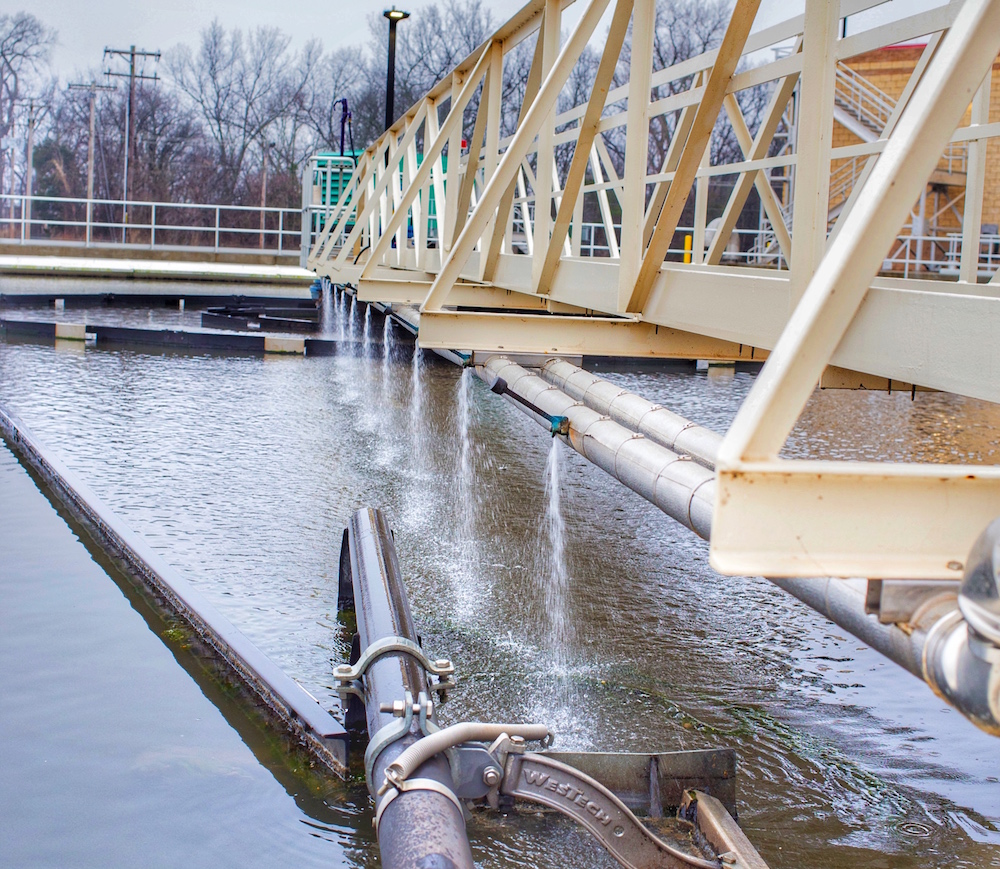Wastewater is treated by an activated sludge process in municipal wastewater treatment plants and returned to the environment for use. This treatment process has been used for over a century, and today represents the largest application of biotechnology in the world, yet there has been no effort to map the global activated sludge microbiome.
A study recently published in Nature Microbiology reports the first comprehensive, highly coordinated effort to examine the global diversity and biogeography of this microbiome. “The campaign involved 111 investigators who sampled 269 wastewater treatment plants in 86 cities in 23 countries on six continents,” said Jizhong Zhou, a professor of microbiology at the University of Oklahoma and Berkeley Lab adjunct senior scientist.
The researchers found a highly diverse activated microbiome, containing up to one billion microbial phylotypes comprised of novel species. “This expansive study is the first time that a systematic study of the hugely beneficial microbial communities involved in the biological treatment of daily wastewaters from communities around the world have been studied to understand their fundamental structure and function has been undertaken. It represents an important development in understanding and maintaining these crucial microbial communities,” said Lisa Alvarez-Cohen, a co-author and adjunct senior scientist at Berkeley Lab.
Read the full release from the University of Oklahoma here.
To learn more about Berkeley Lab’s water-energy research, visit the site of our Water-Energy Resilience Research Institute.
